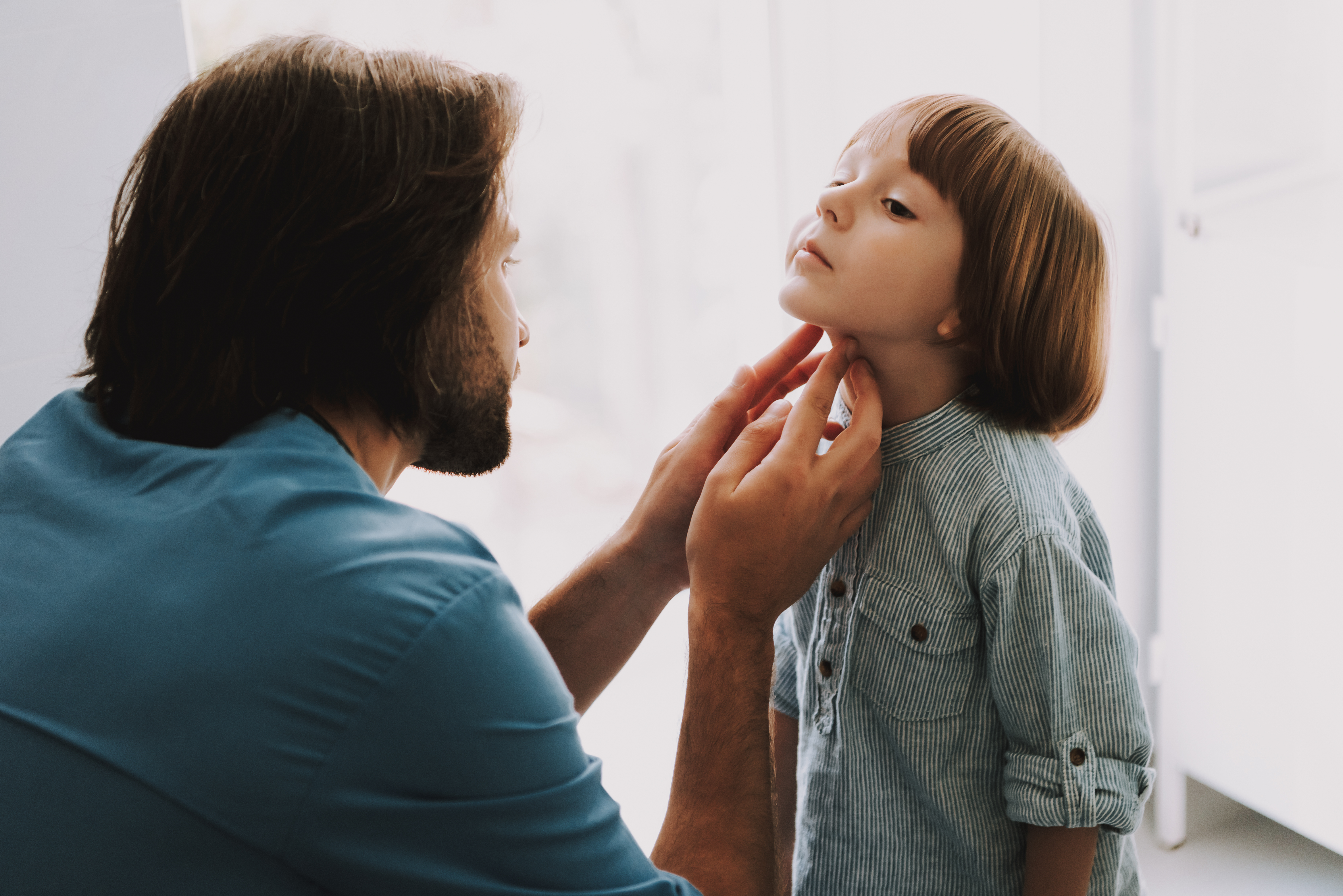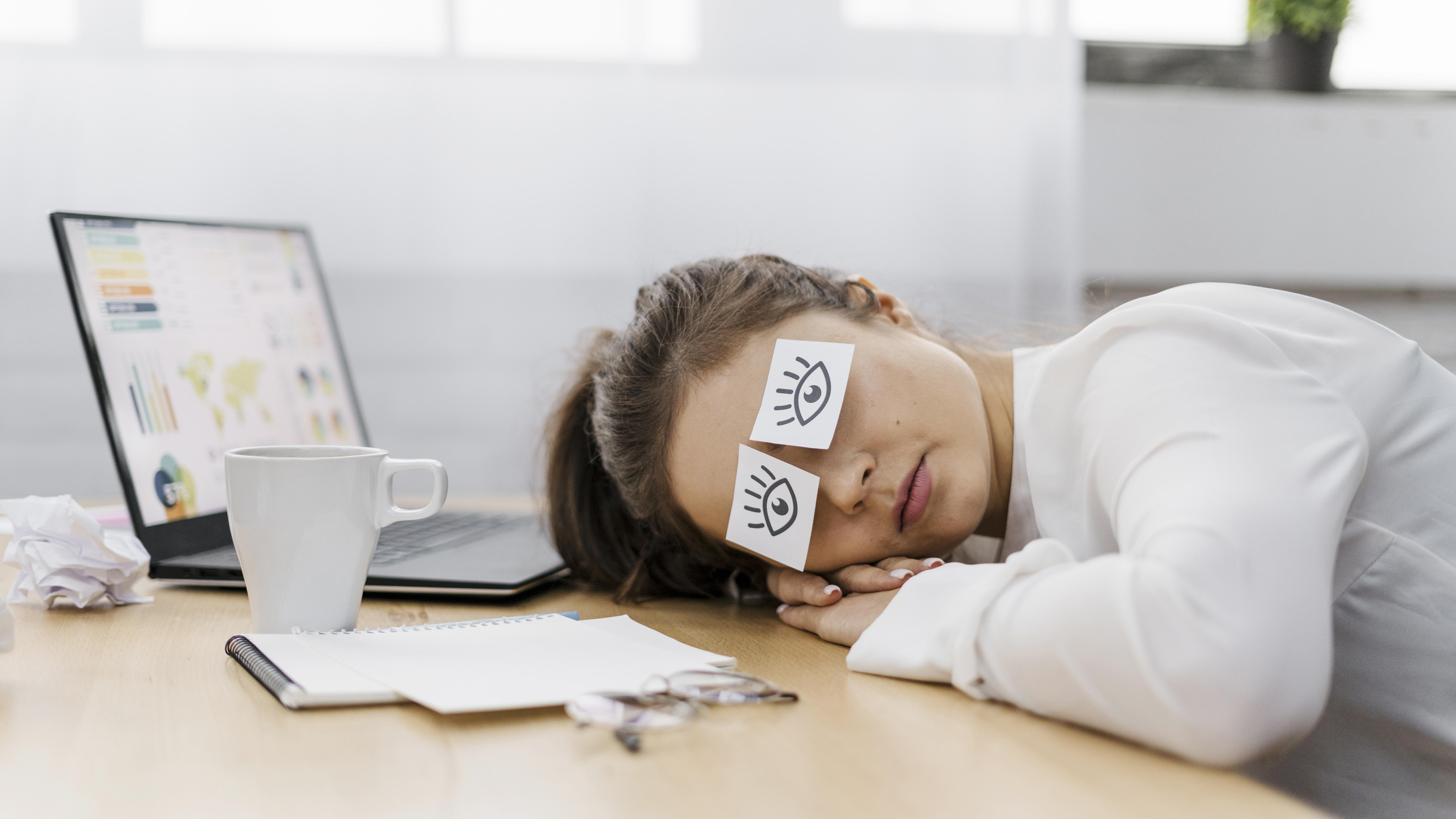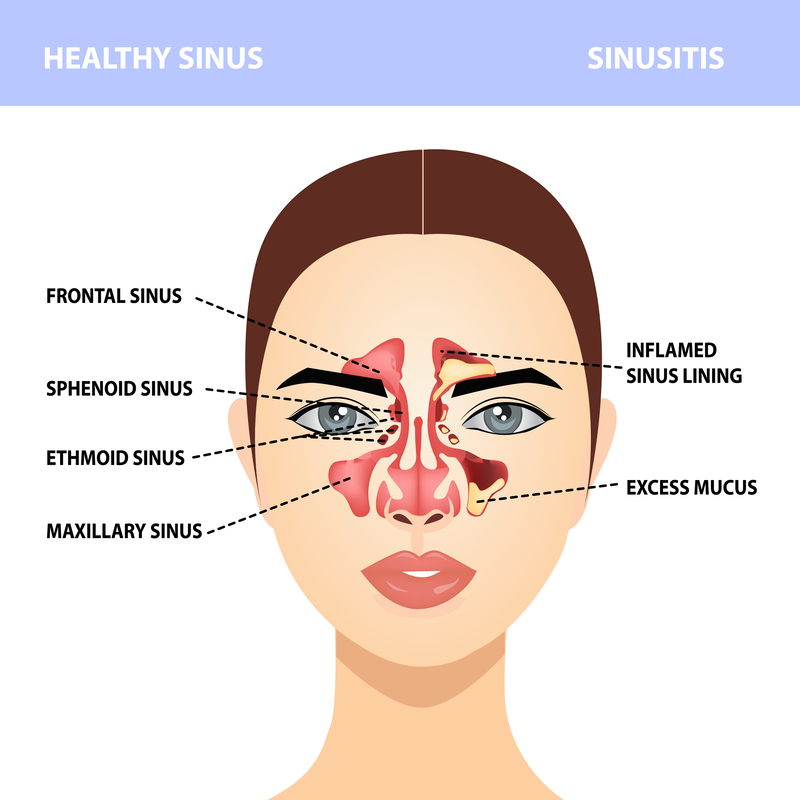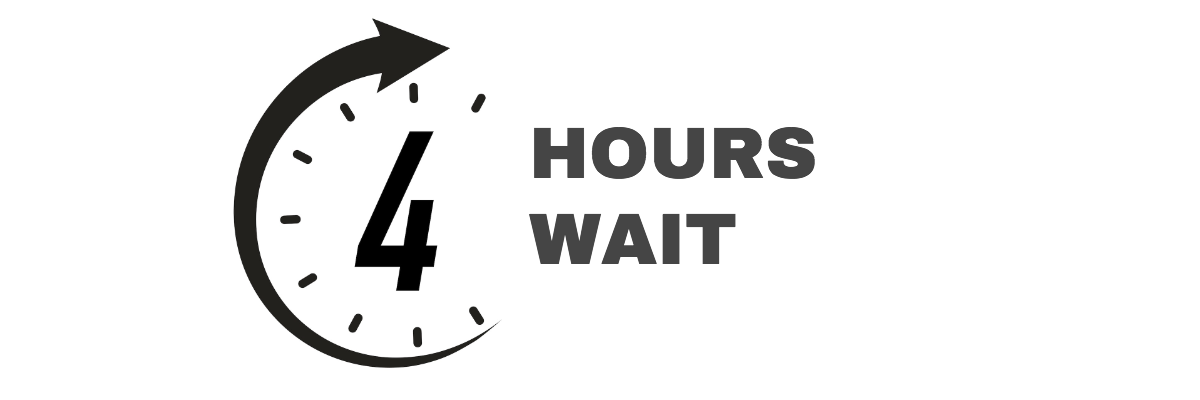Gaynor Leech Guest Blog - April 2023
"Who can forget being checked as a youngster for swollen glands around their neck or jawline, generally when they had a sore throat? This decision would determine whether you needed to see the doctor for antibiotics or if your mother sent you off to school because she believed you were healthy. How many of us would know that this straightforward activity inspected an element of the lymphatic system? You may not be aware that these glands are cervical lymph nodes. These are in the neck region, and not to forget that the tonsils and adenoids are lymphoid organs.
Lymphoedema patients mistakenly believe that it just affects their limbs. However, it can also affect the breast, head, neck, or genitalia. But many of us are unaware that our bodies include clusters of lymph nodes connected by a system of lymphatic vessels called the lymphatic system. White blood cells and antibodies are transported to your organs and tissues by the intricate network of ducts and capillaries that makes up your lymphatic system. Your immune system is strengthened by these cells and antibodies, which also aid in preventing infections.
The lymph system must rely on muscle movements and drinking water to transfer the lymph through the veins. Stress, exhaustion, inactivity, cold temperatures, infection, chemical or food additives, and age can all slow down the body's normal lymphatic flow.
When we get run down, we may get a blocked or sluggish lymphatic system, which may lead to a cold, the flu, sinus or other infections. During the COVID era 2020-2022, I spent much more time working on L-W-O Community; by August 2022, I was exhausted. I knew I was doing too much but I wasn't ready for what happened next. My sinuses became infected, I had never experienced a sinus infection before, and it was horrendous. My immune system felt sluggish, and my body had been warning me to slow down for some weeks.
Sinusitis is an inflammation of the sinuses that causes symptoms like facial pain, heavy nasal mucus, and blocked noses. Coughing, a sore throat, headaches, and poor sense of smell are frequently worse at night. Sinuses typically contain air, but when they obstruct and fill with liquids, bacteria, viruses, and fungus can develop and infect the body.
I started out with a pharmaceutical decongestant spray. I kept running L-W-O Community throughout, writing and producing content for our website and social media platforms and spending three days at the BLS Conference co-presenting five workshops.
Trying to reach my doctor was a nightmare, but I ultimately got two telephone calls. My GP on the first call prescribed a different spray, and on the second call, I received a prescription for five days of antibiotics in addition to a new decongestion spray. I tried everything possible to ease the situation from steam inhalation and simple lymphatic drainage (SLD). Nothing would shift, the pain or the blocked-up feeling I was experiencing.
Lymphatic drainage techniques can remove significant congestion from the area surrounding the face if you have a sinus infection. It stimulates the body's natural healing processes to aid drainage.
To all intents and purposes, after ten weeks, the mucus disappeared, and I could breathe properly again. However, I was plagued with flash headaches; it felt like someone was putting an axe through the top of my head. Since my twenties, I have had osteoarthritis but never suffered from headaches.
The headache was dull and persistent two days before Christmas, which neither paracetamol nor co-codamol would relieve. Thankfully, everyone agreed to contribute a dish of hot food, so my primary task was to prepare and cook the turkey and beef. We had a lovely family gathering. What I didn’t know was that my eldest grandson had asked my hubby, “What’s up with Nan? She is not herself”.
After Christmas, I called my doctor because my headaches were getting worse; he offered three possible explanations:
1) I may not have been getting enough sleep
2) I may have been dehydrated,
3) I may need to have my eyes checked.
The first two were irrelevant because I typically get a good night’s sleep and rarely dehydrate as I drink lots of water.
I was due for an eye check, so I booked an appointment with my opticians. The optician was concerned something wasn’t quite right behind my right eye and referred me for an urgent appointment at the eye clinic at UHCW.
Now that my internal alarms were going off, I realised something wasn't right, but unusually for me, I could not explain what was happening. Then one evening, I was watching one of my favourite quiz shows, and the presenter suddenly became two. Sometimes the double vision I was experiencing was side by side, sometimes on top of one another. Then for a little while, it settled. The following day it got significantly worse, and my right eye became utterly blurred. I was afraid, and that is an understatement.
Hubby drove me to the eye hospital at UHCW; we couldn’t wait for an appointment. That journey of 10 miles was horrific for me. We appeared as though we were going to crash into anything parked on the side of the road, and my eyes were telling me that my husband was driving on the grass verge. I felt sick and closed my eyes. Walking through the hospital, whenever someone walked towards me, I froze because everything was double; my eyes told me the ground was moving and coming up towards me.
Saturday, the eye clinic runs from 9 am – 12 pm with a skeleton staff, and they were turning some people away and telling them to go back on Monday. Fortunately, a nurse saw me and brought me to a quiet area while turning off most of the lights because the light was bothering me. While she explained there would be a long wait, she assured me I would be seen. Although they performed several eye exams, we had to wait five hours to see the on-duty specialist. The specialist examined my eyes in various ways and reviewed the outcomes of my completed exams. He wasn't overly concerned about my eyes then, but he acknowledged there was an issue. He was more concerned about the headaches and said he was going to refer me to MDU (medical decisions unit).
Time scales are pretty fuzzy, but I remember hubby asking, 'when will she get a referral to MDU?' The answer came back, ‘NOW.’ With a referral letter in hand, we walked the short distance to MDU to be greeted by a board saying there was a four-hour wait to be triaged. By this time, both of us were tired and hungry; luckily, there was tea and coffee in the waiting area, and we managed to grab a sandwich as we walked through the hospital. However, we didn’t wait too long and were taken to an assessment ward. The young doctor was concerned that I had no co-ordination and couldn’t follow or do simple tasks, so he called his consultant. She was amazing and quickly said I needed to be admitted and that she would book an urgent CT scan.
I remember looking at hubby, and I could see the colour draining from his face as the consultant outlined why I needed a scan. At 10.30 pm, he had to drive home to get me a bag of clothes and a wash bag as I would be in for a few days. A 20-mile round trip but by the time he got back, I had the scan; they assured me the results didn’t find anything that caused a huge concern, but there was an issue with my sinuses, and I would need to see an ENT specialist. I would also need an MRI of my head and a scan to check for Temporal Arteritis. In addition, blood tests were taken, and my erythrocyte sedimentation rate (ESR) had told them that I had inflammation somewhere, but at that time, they were unsure where.
The ENT specialist tried to perform a
Nasal endoscopy, this test looks inside the nose (nasal passage), the throat (pharynx) and the voice box (larynx) and unfortunately the team were unable to do this in their words due to my nasal physiology. So, there has been some talk of doing it under general anaesthetic and taking a biopsy, but I won’t know if this will be done until my outpatient’s appointment with ENT in April.
All in all, I was in the hospital for five days, and during that time, I saw a Neurologist, Rheumatologist and ENT specialist. The prognosis was I had a deep-rooted sinus infection, and I would be on four months of antibiotics. At the time of writing, I have taken three months of antibiotics and have one month to go. However, the eye problem remained.
After arriving home from the hospital after my five-day stay, I had a whole different environment for my eyes to adjust to. Luckily the next day, the eye clinic rang to see how I was and arranged an emergency appointment for the following day.
Several eye tests later, I was diagnosed with sixth nerve palsy. Initial reaction, never heard of it. Same reaction as when I was diagnosed with lymphoedema. ‘What?'.
What causes sixth nerve palsy, and what is it?
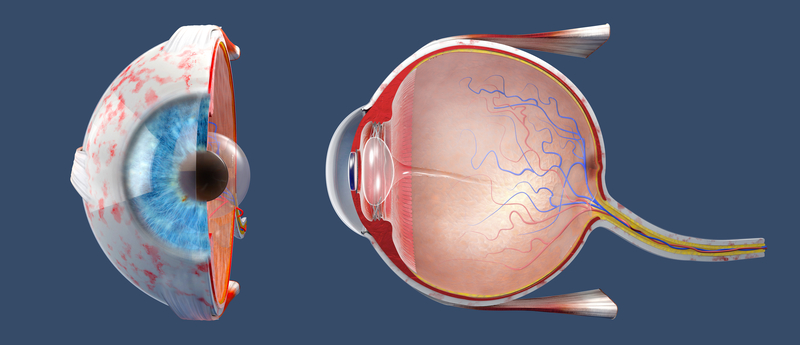
There are several causes of sixth nerve palsy, which include a head injury, infection, inflammation, temporal arteritis and more. The reason I was given was my deep-rooted sinus infection, with diabetes and high blood pressure being aggravating factors. The latter two were a surprise because both were well under control at the time of diagnosis.
Eye movement is impacted by sixth nerve palsy, sometimes referred to as abducens nerve palsy. The sixth cranial nerve, which runs from the brainstem to the eye, can become injured or obstructed at any point along its course. Your lateral rectus muscle receives signals from your sixth cranial nerve as its primary job. Your eye's outer edge is home to this little muscle. It causes your vision to turn away from your nose. My eye crossed towards my nose because the lateral rectus muscle wasn’t working, and there was no movement. Since eye muscles often function in pairs, the medial rectus, one of the paired muscles, will be overactive, pulling the affected eye inward and toward the nose, resulting in a squint.
Everyone’s experience will be different. I had double vision (diplopia). Images appeared side by side, sometimes on top of one another. The double vision is worst at a distance and on the affected side, especially when I catch something out of the corner of my eye. Occasionally it would get better, but the blurred vision was horrible, and the only way I could deal with that was to close my eyes.
I was assured that the palsy would get better over time and that I should see an improvement in six to eight weeks, although it can sometimes take several months. The suggestion is that I could be under the eye clinic for approximately twelve months.
To treat my double vision, I was given three options.
• To do nothing and see if it settles
• To wear a patch on my eye
• Or to have a prism fitted to my glasses
After thoroughly explaining all the options to me, it was a no-brainer; I would have a prism fitted to my glasses. The prism is made of plastic film and has fine-lined ridges inside. After determining the strength, I needed, the film was fitted within my glass lens. This means now I must constantly wear my distance glasses unless I am reading, then I can change to my reading glasses.
The prism artificially realigns my eyes to restore single vision. Depending on any improvements, the strength of the prism may reduce. If, for some reason, the palsy does not get better, it may be suggested that a prism will be built into my glass lens. As a last resort, I may need corrective surgery.
On the plus side, my husband can now notice movement in my eye, and although not totally, the eye muscle seems to be moving.
Sadly, I developed cataracts in both of my eyes as a direct effect of taking Tamoxifen for breast cancer, and I had to stop taking it after five years. I also believe this drug is the cause of my posterior vitreous detachment. However, though there is very little research to support my theory, there is growing evidence that some breast cancer drugs may be at least partially to blame for ocular disorders such as dry eye, retinopathy, and cataracts. The next few months will likely see cataract removals.
However, I am upbeat, this is just another of those challenges that life throws at you, and we move forward. If there is a lesson to be learnt from this, it’s the message to myself to slow down. Very hard when you love what you do.

